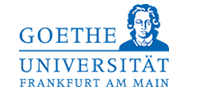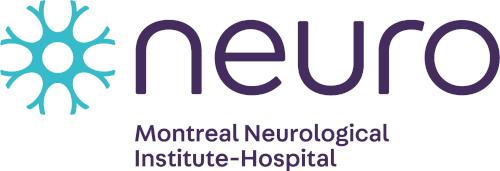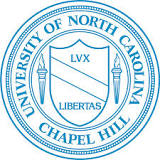 |
 |
 |
 |
 |
 |
How did the SGC get formed?

The origins of the Structural Genomics Consortium (SGC) can be traced back to 1999 when Rob Cooke (then at GlaxoWellcome) floated an idea past counterparts in other pharmaceutical companies as to whether a pre-competitive consortium in the field of structural biology was worth establishing. This was inspired by the scientific and organizational success of the SNP consortium (a public-private partnership formed to sequence single nucleotide polymorphisms, and place this information into the public domain, without restriction).
The SNP consortium comprised 10 large companies and the Wellcome Trust, and was organized as a US-based not-for-profit company run by Arthur Holden, its Chief Executive. With a total budget of ~30M GBP, the objective of the SNP Consortium was to identify 300,000 SNPs. Every quarter, and then every month, the project deposited SNPs into the public domain – ultimately achieving 1.8 million SNPs in two years – a tremendous accomplishment, and establishing precedent for the concept of a pre-competitive partnership between the Pharma sector and public funders.
The Pharma representatives thus developed business models to accelerate the solution of human protein structures in a pre-competitive fashion, which they believed would fuel further scientific investigations inside and outside the consortium. In 2000 they joined forces with the Wellcome Trust, where Michael Morgan, Barbara Skene, Anna Curson (and others) were interested in the field of functional genomics – assigning roles to the proteins from the thousands of newly sequenced genes revealed by the human genome project. Alan Williamson, a former vice-president for worldwide research strategy at Merck and a contributor to the formation of the SNP consortium, was subsequently engaged to facilitate proceedings and help create a business plan for the consortium.
About this time the name Structural Genomics Consortium (SGC) was adopted, along with the principle that the SGC should be a charity concentrating on solving structures of interest to human health, and placing them in the public domain for the potential benefit of all scientific researchers. A number of organizational models were investigated and potential sites for operations visited. By 2002 support for the business plan was deemed sufficient to proceed to a Heads of Terms Agreement, and commence recruitment for a Chief Executive, whose presence would assist in securing commitments from potential funders and lead to the formal establishment of the SGC.
And that's when I entered the picture....
